Fast Tires 2013
Last year, we wrote a three-part series on the then-current state of tires. Those articles are all linked at the bottom of this page. Some things have changed since then, so this is our 2013 update.
Similar last time around, we’ll point out the major players, updates, and generally what you need to know. Will we cover every single brand, model, and detail in the whole wide world? Probably not. Our objective is to distill the 2013 market of tires into a few thousand words for your reading pleasure.
Tires – to me – have become a very interesting topic. If you look in our reader forum, tires have become more and more popular over the past several years. I dare say that the number of discussions on tires has surpassed those about race wheels, aero frames, and aero helmets. People are looking to tires for speed. Which tire is the fastest? Is there one that’s best for the wheels, frame, and hydration system that I own? What about my body weight and the road conditions – do those affect my tire choice?
JUST TELL ME WHAT IS FASTEST!
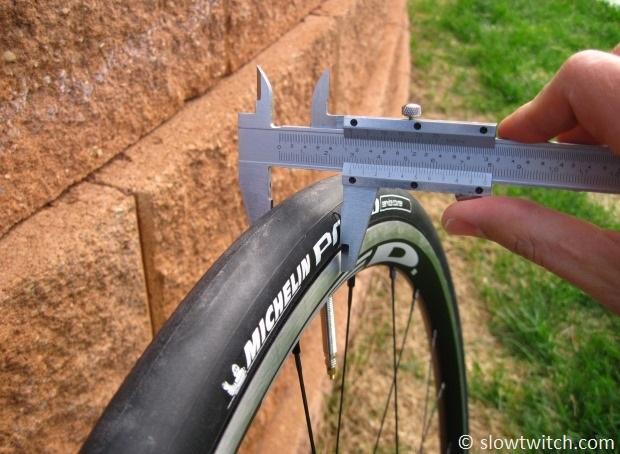
Well, that’s what they seem to be saying. The fun part about tires is that there is no one single answer that is right for everybody. Some won’t agree with me on that point, but I’ll argue that they’re assuming too much. People have different wheels, frames, and priorities. A narrow wheel will perform better – aerodynamically speaking – with a narrow tire. A tire with low rolling resistance will be more susceptible to punctures. Of course, price can eclipse all other attributes altogether.
Let’s walk our way through the jungle of 2013 tires to see if we can make some sense of the matter.
Continental
If there’s one brand that’s strong right now in triathlon, it’s Continental. If you’ve been living under a rock, you may have missed the memo that their 4000 S clincher model is the most popular tire in our sport at the moment. That’s a bold statement, but I think it’s true. Some wheel companies, such as Flo and Zipp, have come out and said that it’s the most aerodynamic 23mm tire that they’ve ever tested. Flo actually recommends it as the best tire to use with their wheels, and they have no outside or behind-the-scenes affiliation with Continental.
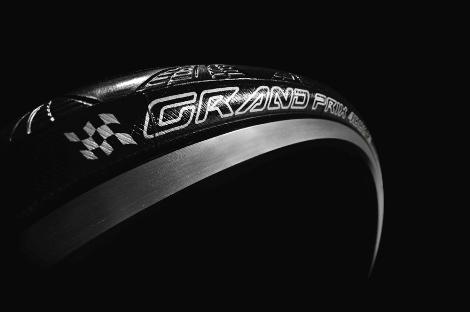
What is it about the 4000 S that makes it so great? In addition to its aerodynamic properties, rolling resistance tests have shown time and time again that it is one of the fastest rolling tires given its very good reputation in puncture resistance. Can you find a faster rolling tire? Yes. But – and this is a biggie – you usually give up a disproportional amount of puncture resistance along with it. Some people are comfortable with that risk, but for the fat of the triathlete-customer-bell-curve, that is likely not the case.
That being said, is the 4000 S for everyone? Personally, I don’t think so. They don’t offer a 20mm width, nor any sizes in 650c. You can get a standard 4000 in those sizes, and some have argued that that tire is similar or identical to the 4000 S. I’m not convinced yet. Based on the data I’ve seen, it appears to be a different tire. Thus far, I’ve not been able to get any answers from Continental on the matter; their PR reps did not respond to requests for information for this article.
I’ll lay out the bulk of the Continental clincher line for you, in an order starting from the most robust to the fastest-rolling:
-Gatorskin
-Grand Prix 4-Season
-Grand Prix 4000
-Grand Prix 4000 S
-Grand Prix TT Ltd
-Grand Prix SuperSonic
In addition to these tires, they have a couple unique options. First, the Attack and Force combination. These tires appear to be in the ballpark of the 4000 S in terms of rolling performance, but use a 22mm front tire and 24mm rear (said to optimize aerodynamics and rolling resistance, and improve cornering ability). I’ve used these tire and like them, but don’t really know if they’re better or worse for the masses. The chart below is straight from Continental’s website, and suggests that the 4000 S is the better tire for timed individual race events:

The other little gem I found for 2013 is a 650 x 24mm version of the ‘Grand Prix’. This tire is not the Grand Prix 4000. It is just Grand Prix. This tire looks like it has the casing of the 4000, but with the double puncture-resistant layer of the 4-Season. I’d venture a guess that the rolling performance falls somewhere between those two tires. I just get excited any time I see more options in 650c – especially anything wider than 23mm (a market segment with very few options).
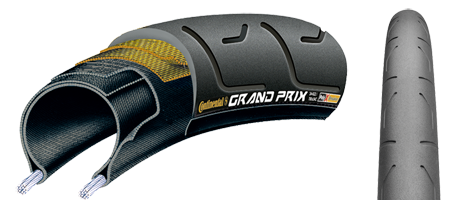
In tubular tires, Continental continues with their usual suspects – the Competition, 4000, and Sprinter. In short, the Competition is the all-rounder and one of the most puncture-resistant tubulars on the market. The Sprinter is the ‘fast’ tubular, but is still fairly robust. The 4000 falls somewhere in-between and features the same tread pattern as the clincher version (suggesting aerodynamic supremacy). Continental also added two new tubulars for 2013 – an Attack/Force combination, similar to the clincher offering.
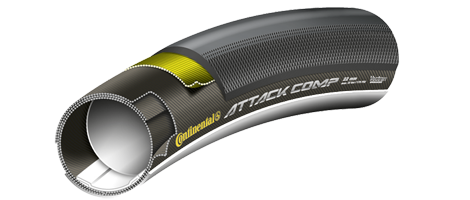
Continental has a very complete and robust product line. Almost anyone can find something suitable for their needs. If I could ask for two things from them, it would be:
1. A 4000 S in 650c (23 and 25mm width)
2. A 28mm Grand Prix 4000 clincher
The last one is the only ‘big’ void in their 700c line. That type of tire is my personal favorite for training – big volume, good puncture resistance, but something that is not super heavy, stiff, and slow. Conti offers their Grand Prix 4-Season in 28mm, but that tire also features a double puncture layer – and the increased rolling resistance and reduced comfort that goes along with it. In a perfect world, a tire like a 28mm 4000 would be my summer training tire of choice.
Michelin
We recently did an in-depth review of Michelin’s core product line for 2013, linked at the bottom of this page. Because of that, I won’t spend too much time on them here, but wanted to point out a few things.
Generally, I think Michelin has a very good selection in triathlon. Similar to Continental, they have several different levels of puncture resistance and rolling resistance. They even appear to be making a nod at aerodynamic performance, with slightly narrowed widths on their race-oriented Pro 4 Service Course Comp (which is listed at the same 23mm width as the ‘standard’ Service Course – but measures about .75mm narrower). We’ve yet to test the new Comp Limited version of the tire, which features no puncture-resistant layer at all, but have every reason to believe it’s as fast as its predecessor – the Pro 2 Light.
There is another tire that we did not mention in our previous Michelin piece – a rain-specific tire called the Pro 4 Grip. This tire comes in 700x23mm only, weighs 220 grams, and costs $75. The big story is that they claim a 15% improvement in wet grip compared to the standard Pro 4 Service Course.
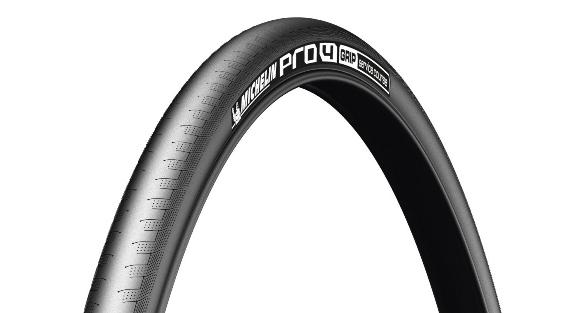
To me, this is one of the most compelling tires on the market. Nowadays, it isn’t uncommon to see people show up to races with two or more wheel choices, a couple helmets, and three different tints of swim goggles. You never know if the conditions could change the night before your big race, and people are clearly trying to be prepared for anything.
Well… perhaps they’re not too concerned about their cornering ability and safety on the bike in case of rain. Personally, I’d be much more apt to bring a spare set of tires like the Pro 4 Grip than most of the other stuff. Or, let’s say I bring two sets of wheels – an 80mm front rim and disc rear, and a 60mm front / 80mm rear combo. I might install rain tires on the latter set of wheels, because I’d be more likely to choose a less aggressive wheel if it’s windy and raining. If I woke up on race morning to a downpour, the wheel and tire choice would be easy.
This photo shows part of Michelin’s rain testing protocol:
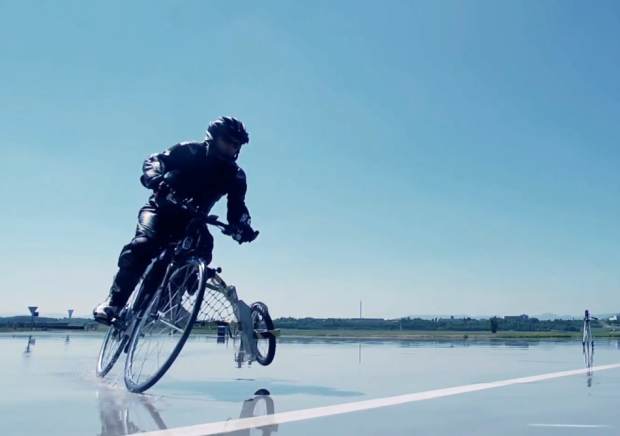
The other big news for Michelin is a re-entry into the tubular market, with their Pro 4 Service Course tubular. It appears that the availability of this tire is limited, and Michelin does not even have it on their website. The details we have at this time are as follows – a 290tpi poly-cotton casing, latex inner tube, and lightly textured tread. The tires were originally listed as being available in 23 and 25mm widths, but retailers are now showing 21 and 24mm. It is good to see Michelin offering something in tubulars, but the trend we’re seeing is that – at least for the triathlon market – clinchers are king.
Where Continental as a void in the 28mm clincher market, Michelin lacks a 25mm. The standard Pro 4 Service Course is a direct competitor with the Grand Prix 4000, and I find it ironic that the two brands seem to side-step each other in sizing. Both offer 23mm. Conti offers 25mm, but no 28mm. Michelin lists at 700x25mm size, but its actual measurement is 28mm. Don’t get me wrong – I love this wide version of the Pro 4. At about 75psi, it is my favorite training tire on the planet. The only issue is that it isn’t a true 25 and doesn’t fit in most triathlon frames. If either of the two brands can get their size offerings dialed, I think they’ll reap serious benefits.
Vittoria
Vittoria rounds out the last of what I consider to be the Big Three of road and triathlon bicycle tire manufacturers. They’ve been in the business for a long time, and sell a ton of tires. A big part of what makes Vittoria so powerful is the fact that they’re making tires for many other brands; I’ve heard rumors that well over 50% of their sales volume is taken up by tires that do not say ‘Vittoria’ on the bike shop shelves. Private label business is not the focus of this article, however, so let’s stay on track.
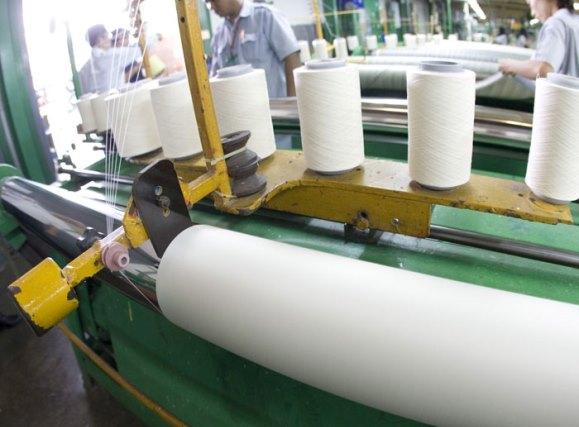
Vittoria’s road and triathlon product range is very expansive; their core products are as follows:
Pro line – Most of these tires carry some version of the ‘Corsa’ name. These are the go-fast tires intended for racing. There’s the Corsa CX, SC, SL, SR, CG, and CS. Their Triathlon Evo tire is technically not in this range, but I’ll lump it in for simplicity.
Diamante – Lower priced than the Pro line; lower thread counts.
Rubino – ‘All Around’ performance. For our purposes, I consider these to be high-end training tires.
In terms of outright speed and low rolling resistance, Vittoria has one of the broadest offerings of any tire manufacturer. If you look at Al Morrison’s roller data on Bike Tech Review, you’ll see that Vittoria tires occupy many of the top spots. On Tom Anhalt’s spreadsheet of Crr data, his fastest overall tire is the Triathlon Evo clincher tire with a latex tube. Interestingly enough for us triathletes, the tubular version of this ‘Triathlon’ tire has a butyl rubber inner tube – specifically intended to retain air better than a latex tube when your bike is parked in transition overnight. On Al Morrison’s spreadsheet, the Triathlon tire is one of the slowest-rolling Vittoria products (so, all of you tubular-riding triathletes are actually better off using their products intended for road racers).
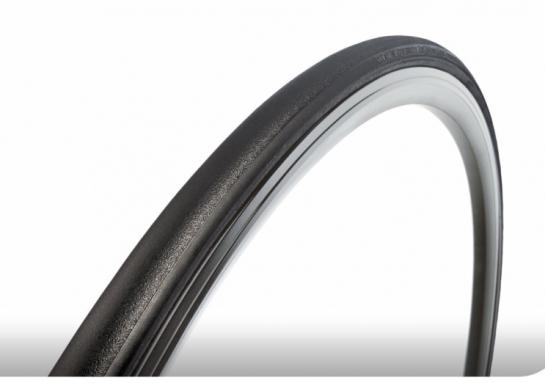
Despite having such great products, I do have a beef with Vittoria – it’s the presentation and focus of their products. In my opinion, they put a disproportional amount of their eggs into the basket of super high-end tires (I’m sure the rolling resistance weenies cringe when I say that). These are the lust-worthy, fast, supple, and sometimes fragile tires that are perfect for professional road racers and time trialists. Compared to their key competitors above, Vittoria has much more available at the tip of the performance spear. It would be like Continental having four versions of the SuperSonic, but less in the rest of the 4000 range… or Michelin having multiple iterations of the Pro 4 Service Course Comp Limited, but no ‘standard’ Pro 4.
Perhaps Vittoria wants it that way – to be known as the Ferrari of tires, rather than the BMW. If other brands focus on a tire for the masses – something that hits the middle ground of puncture protection and rolling resistance – Vittoria wants to be selling to the highest-end customers who ride sew ups and know more about cycling than the average bear.
It appears that Vittoria does have a fast-rolling tire in the middle echelon of price, the Diamante Pro Light. According to Morrison’s roller data, this tire is in the same ballpark as the older Michelin Pro Light and Continental GP4000 S. The unknown factor for me is puncture resistance, as I have no direct or indirect experience with the tire. They also offer the Diamante Pro Radiale, which appears to be a slightly more robust version of this tire. Sizing is limited for both iterations, and does not include 650c.
My favorite tire in the Vittoria line is actually not even one of their race tires – it’s the Rubino. The good ol’ Rubino is among my favorite do-it-all training tires that is a clear cut above the super cheap and uncomfortable bargain tires. It is available in a variety of sizes, including 650x23mm. They also offer a foul-weather-specific version, called the Rubino Pro Tech.
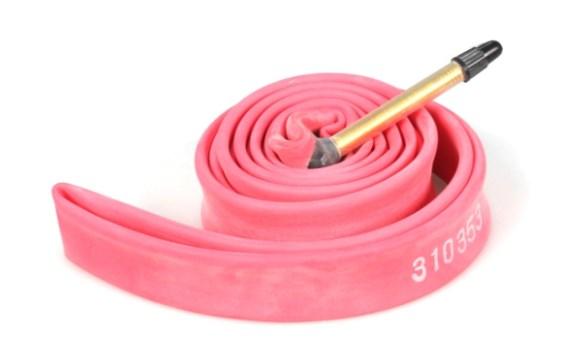
The place that Vittoria clearly wins is in the inner tube market. With Michelin discontinuing their latex tube sales, Vittoria remains as one of the few left. As a bonus, their latex tubes feature removable valve cores, allowing the use of preventative sealant. While they’re expensive and more difficult to handle than butyl tubes, this is one performance upgrade that has been proven time and time again.
—
We’ll continue this series in the coming weeks and work our way through more brands to feed your insatiable tire appetites.



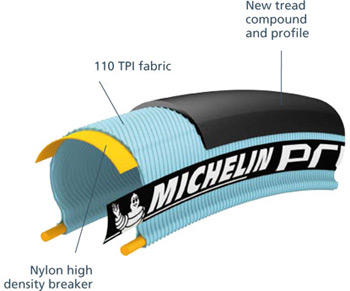

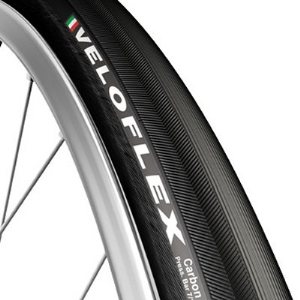
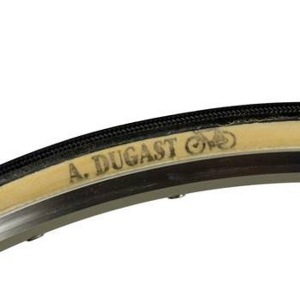
Start the discussion at slowtwitch.northend.network